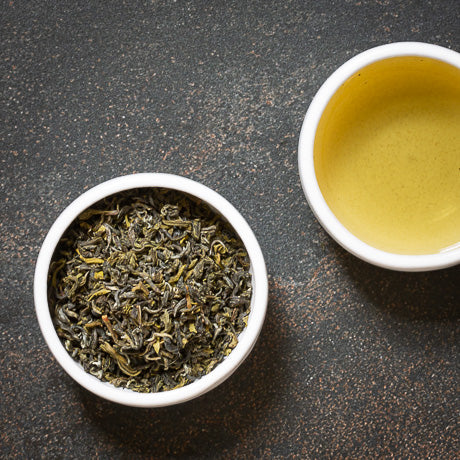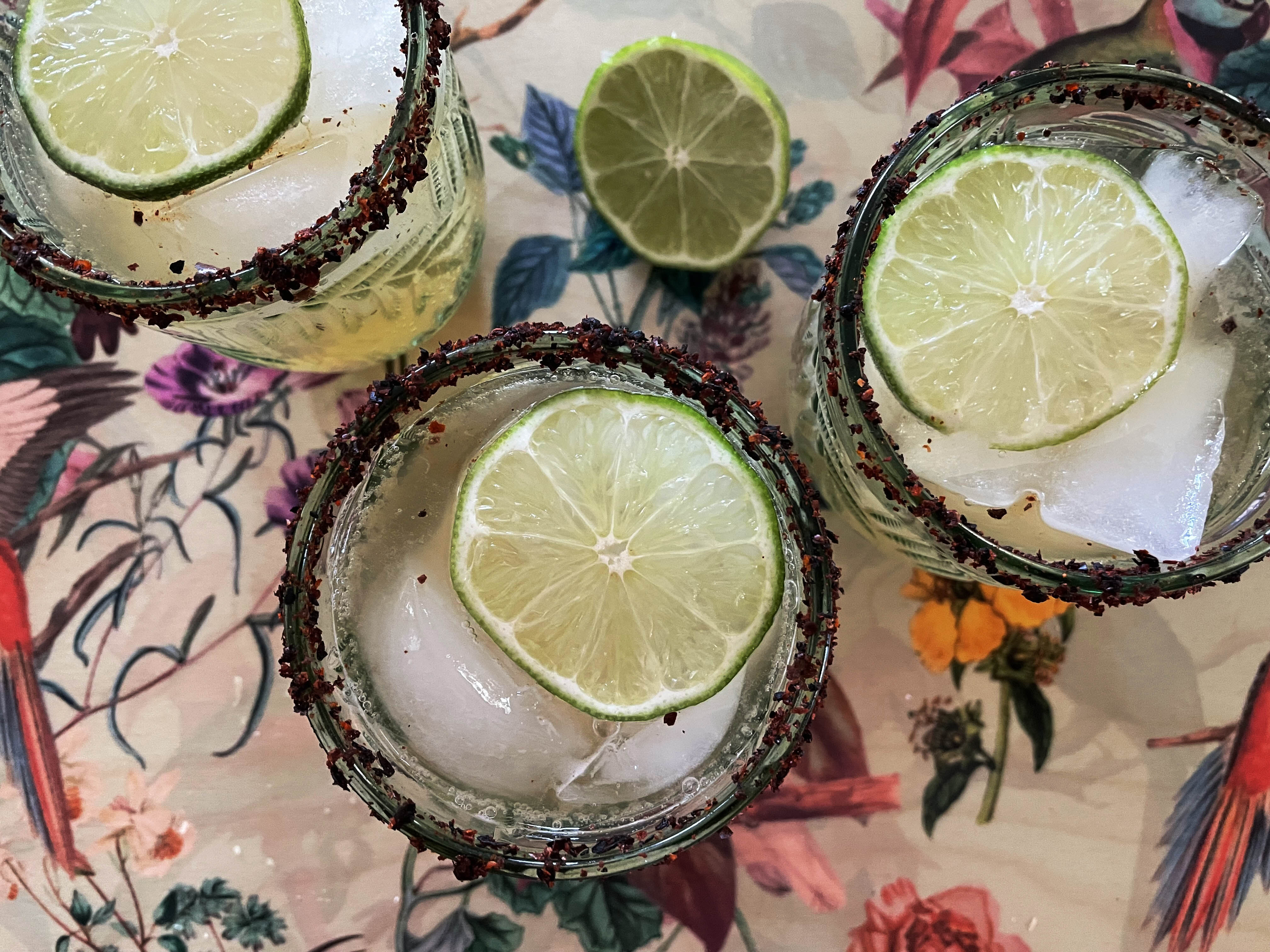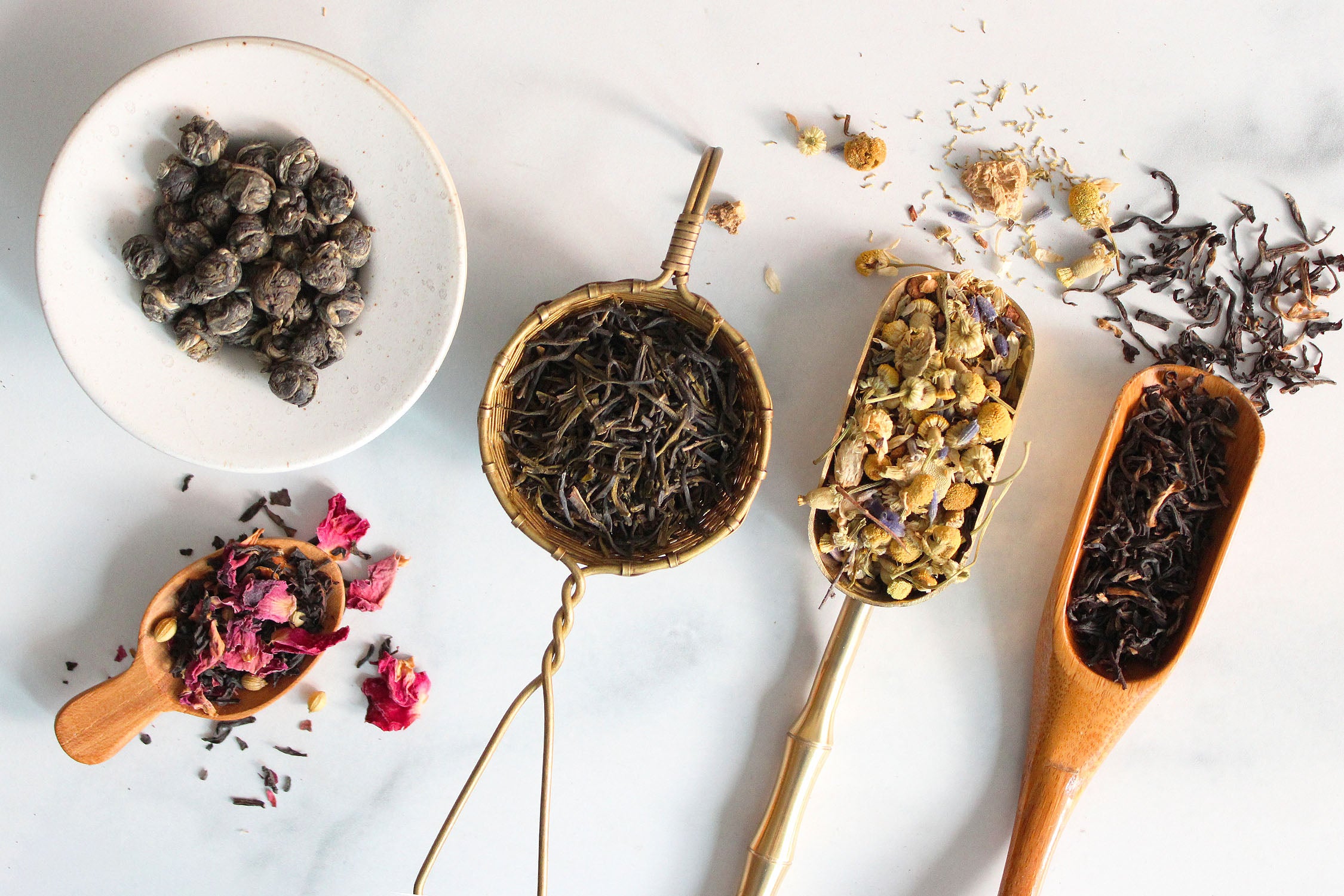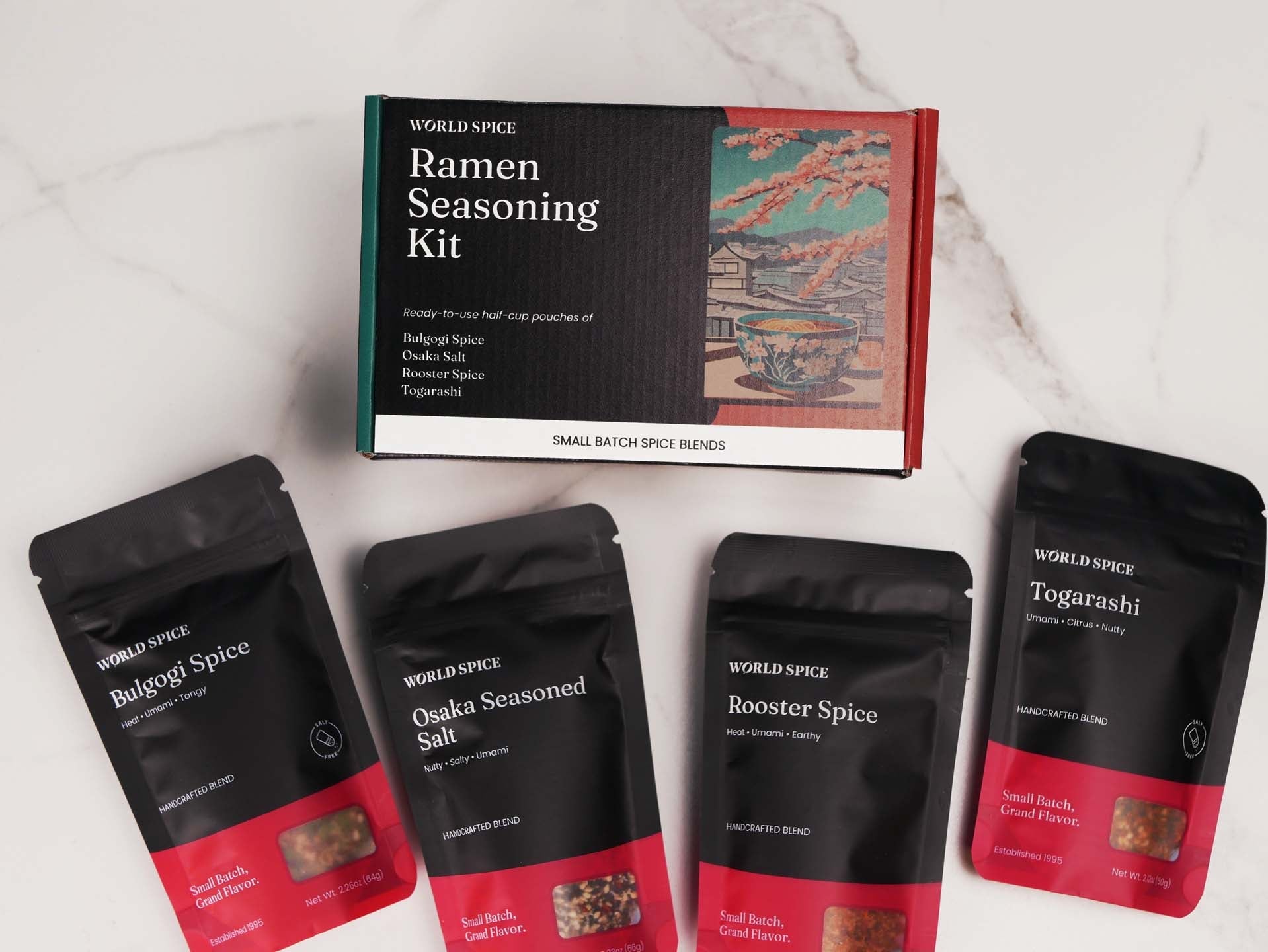Recipes
Hot and Sour Soup
A perennial favorite, you'll always find a version of this soup on the menu in Chinese-American restaurants. You'll be glad to know how to make this takeout favorite, and it's easier than you might expect!. Much of the heat comes from the white peppercorns and the sour comes from rice wine vinegar. The lion's share of prep time comes in getting the array ingredients ready, then it comes together in no time. Perfect for a chilly day or a Lunar New Year's feast. White peppercorn is spicy, musky and earthy. These qualities play well with the variety of woodsy mushrooms and pork loin.
Learn moreQuatre Epices
Despite its name, which means "four spices" in French, this blend never seems to keep strict count on the number of its ingredients. Quatre Epices can be used in both savory and sweet dishes. Often included in paté, forcemeat and sausage making, it is equally at home in gingerbread or cake, such as in this delicious French Quatre Epices Cake, as seen in Sunset Magazine.
Learn moreMelange Classique
This fanciful French blend combines nutmeg and pepper with a healthy harvest from the herb garden, to satisfy all your taste buds. Melange Classique is an all purpose seasoning for stews and roasts, pate, stuffing and bean dishes. Melange Classique will work well as a rub on any meat, particularly lamb, duck and pork.
Learn moreCurried Beef and Tendon with Turnip
We love the use of spice and combining of textures in this curry dish from fascinating Macau cookbook, The Adventures of Fat Rice by Abraham Conlon, Adrienne Lo, and Hugh Amano.From the Author: "In Macau “turnip” usually means daikon, or another large radish, so technically, there’s no turnip in the original version of this dish. At Fat Rice, we mostly follow tradition, but run with the turnip thing and garnish with crunchy raw turnips, radishes, and their greens. Don’t be scared to work with the tendons—they do require long cooking, but add great texture. Try grilling the rubbed beef; it adds a great smoky dimension."
Learn moreKung Pao Chicken
Many Americans would be surprised to learn that their favorite Chinese dishes are either not Chinese at all, or greatly altered from the original. One of our favorite Chinese cookbooks, Phoenix Claws and Jade Trees by Kian Lam Kho, helps cut through the confusion with dozens of authentic recipes of Chinese classics such as this traditional version of Kung Pao Chicken. It may not be the Kung Pao Chicken you are used to, but it will quickly become a new favorite.From the Author: "Kung Pao Chicken is one of those takeout dishes that is usually covered by a landslide of sickeningly sweet brown sauce. It would not be recognized by anyone arriving in the United States from China. Kung Pao Chicken is in fact a dry stir-fry dish. The spicy sauce should only lightly coat the chicken pieces, giving them enough flavor to delight the palate and provide subtle contrast to the crunchy peanuts."
Learn moreGeneral Tso's Chicken
General Tso's Chicken is very popular in the United States, but is usually pretty sweet. This authentic version from Phoenix Claws & Jade Trees by Kian Lam Kho is full of flavor and will make you want seconds.From the Author: "This version of General Tso's Chicken resembles the original created by Peng Chang-Kuei in Taiwan. Strictly speaking it is not a traditional Hunan dish, but the technique and flavors are inspired by the chef's Hunan background. It is not as sweet as the standard American version, and is laced with lots of garlic."
Learn moreSheng Jian Baozi with Chile Oil
We rarely have come across a dumpling that we wouldn't eat, regardless of what cuisine that dumpling is from! We were very happy to find Andrea Nguyen's classic Asian Dumplings: Mastering Gyoza, Spring Rolls, Samosas, and More, which certainly took care of our obsession with all dumplings, and finger food, too! From the Author: "If you like pot stickers and steamed buns, you’ll love these spongy-crisp pan-fried treats from Shanghai, where typically they are cooked in humongous shallow pans (much like large paella pans) with wooden lids. These buns are made of yeast dough that is filled with an aromatic pork mixture and then fried and steamed in a skillet. Cooking under cover with a bit of water delivers plenty of moisture to puff up the buns. Ground beef chuck or chicken thigh can stand in for the pork in this recipe. A bāozi is a mini bāo (bun) and for that reason, I like to keep these true to their name and shape small ones. However, you can elect to form sixteen medium-size (23/4-inch) buns. Roll the dough circles out to 3-1/4 inches in diameter and use about 4 teaspoons of filing for each bun; increase the water and cooking time a tad.Many Asian cooks employ—to great success—a cakey, snowy-white Cantonese-style dough made from low-gluten cake flour or from a quickie flour and baking powder blend. This dough is different; it has more depth, and its loft and resilience comes from combining yeast and baking powder; fast-rising yeast works like a champ. All-purpose flour with a moderate amount of gluten, such as Gold Medal brand widely available at supermarkets, is what I prefer for this dough. Use bleached flour for a slightly lighter and brighter finish.Used in Chinese, Japanese, and Southeast Asian cooking, chile oil is easy to prepare at home, and it’s infinitely better than store-bought. Its intense heat enlivens many foods, especially dumplings, which benefit when chile oil is part of the dipping sauce or used as a garnish. Some cooks add aromatics, such as ginger, star anise, and Sichuan peppercorns, to the oil, but I like to keep the chile flavor pure. While you may use other cooking oils, such as canola oil, my preference is for the kind of peanut oil often sold at Chinese markets, which is cold pressed and filled with the aroma of roasted peanuts. It is texturally light, has a high smoking point, and offers a wonderful nuttiness that pairs well with the intense chile heat. Lion & Globe peanut oil from Hong Kong is terrific. Use just the infused oil or include the chile flakes for an extra brow-wiping experience.
Learn moreQuatre Epices Cake
This recipe from our friends at Sunset Magazine promises a citrus and sweet taste, followed by a glow or a kick — depending on whether the signature French four-spice blend is made with white or black pepper. Well, our Quatre Epices delivers the best of both, with prized white and black peppercorns!
Learn more













